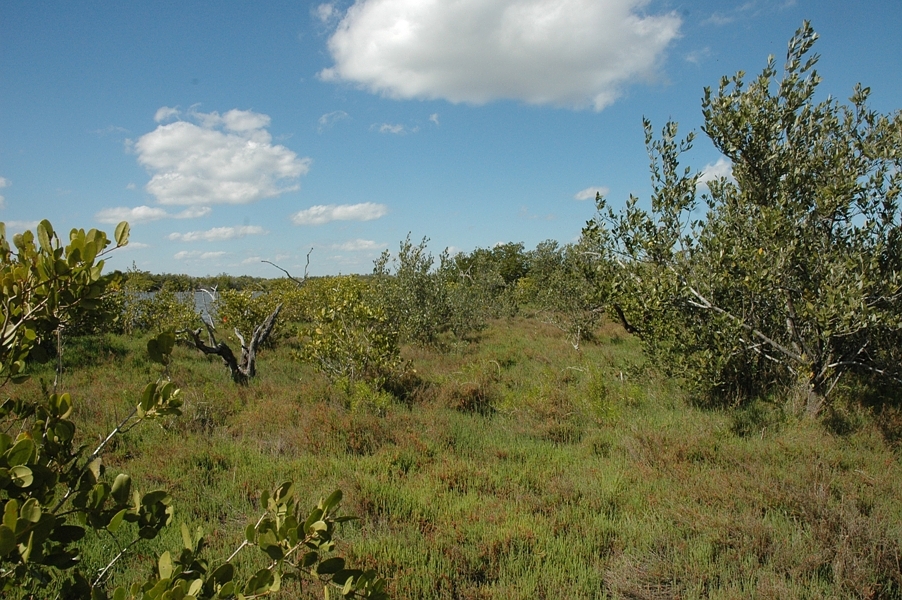Difference Between Autecology and Synecology
Key Difference – Autecology vs Synecology
The term ‘ecology’, which was coined by Earnest Haeckel provides the basic idea of ‘the study of structure and function of nature’. Further, it can be described as the level of study that comes under one branch in biology where it deals with the scientific investigation of different interactions between organisms belonging to different species or the same species itself with respect to their natural habitats. Ecology is further branched out into two sections namely Autecology and Synecology. Autecology is the study of a single organism, a single type of species or a population of species in respect to their natural habitat while Synecology is the study of a group of organisms belonging to different species and communities in respect to their natural habitat. This is the key difference between Autecology and Synecology.
CONTENTS
1. Overview and Key Difference
2. What is Autecology
3. What is Synecology
4. Similarities Between Autecology and Synecology
5. Side by Side Comparison – Autecology vs Synecology in Tabular Form
6. Summary
What is Autecology?
Autecology is the study of an individual organism, an individual type of a species or a population in respect to the natural habitat they are present. Compared to Synecology, Autecology is an experimental procedure that is simple and inductive. Here, only a single species of organism is taken into consideration; this could be accommodated within a laboratory. The data received from the study will be analyzed and interpreted using the tools of conventional mathematics. Autecology is primarily experimental. It involves measurable variables such as light, nutrient availability and humidity, etc.
This theory is basically focused on species that are considered as the most important unit in the context of the biological organization. This means Autecology investigates how the specific adaptations of each and every individual of the same species influence their ecology. The best example of such specific adaptations could be identified through the reproduction of species. They share unique characteristics and adaptations during the recognition of potential mates through releasing of chemicals such as pheromones, which are chemoattractants.

Figure 01: Ecology
They also share unique fertilization mechanisms that differ from all other species. Therefore, Autecology is the study of all these mentioned characteristics of a single species of organisms that belongs to a population. Since each and every character could be observed individually, this experimental concept is much simpler to achieve.
What is Synecology?
Synecology is the study of a group of organisms belonging to different species and communities in respect to their natural habitat. Synecology is also termed as community ecology. A community is a group of organisms belonging to different populations including two or more different species that interact together in a defined geographical location in a particular time period. A study of a community is much advanced and sophisticated than studying a single organism or a group of organisms belonging to the same species. Therefore, Synecology could not be observed within a laboratory.
Under a complicated definition, Synecology could be defined as a study where the interactions between two or more species are taken into consideration under the criteria of many spatial and temporal scales including the abundance of species, demography, genotypic and phenotypic characters, distribution of species within the community and the structure. The main objective of Synecology is the investigation of the different interaction of species within the community is achieved by means of genotypic and phenotypic traits.

Figure 02: Plant Community
Modern Synecology currently investigates different aspects including variations in species, the structure of the food web within the community, productivity and also physical aspects such as predator-prey population dynamics and community assembly.
What are the Similarities Between Autecology and Synecology?
- Both Autecology and Synecology are types of ecological studies.
- Both Autecology and Synecology studies are conducted under the common principles; habitat, taxonomic group and levels of organization.
What is the Difference Between Autecology and Synecology?
Autecology vs Synecology | |
| Autecology is the study of a single organism, a single type of species in a population in respect to their natural habitat. | Synecology is the study of many different organisms (a group of organisms) belonging to different species and communities in respect to their natural habitat. |
| Synonyms | |
| Population ecology is a synonym to Autecology. | Community ecology is a synonym to Synecology. |
| Examples | |
| Study of a population of Zebras in relation to its natural habitat is an Autecological study. | Study of an entire grassland ecosystem is an example of a Synecological study. |
Summary – Autecology vs Synecology
Ecology is the study of the structure and function of nature. Ecology provides the basic idea on how different organisms interact with each other, either belonging to the same species or not. Ecology is further divided into two categories; Autecology and Synecology. Autecology is the study of an individual organism, an individual type of a species or a population in respect to the natural habitat that they are present. Autecology is primarily experimental. It involves measurable variables such as light, nutrient availability and humidity, etc. Synecology is the study of a group of organisms belonging to different species and communities in respect to their natural habitat. It cannot be observed within a laboratory. Modern Synecology currently investigates different aspects including the variations in species, the structure of the food web within the community and productivity. This is the difference between Autecology and Synecology.
Reference:
1.Britannica, The Editors of Encyclopaedia. “Autecology.” Encyclopædia Britannica, Encyclopædia Britannica, inc., 20 July 1998. Available here
2.“Synecology.” Math. Available here
Image Courtesy:
1.’326923’by ejaugsburg (Public Domain) via pixabay
2.’Example of native salt marsh-mangrove plant community’By Timkozusko, (CC BY-SA 3.0) via Commons Wikimedia
ncG1vNJzZmivp6x7pbXFn5yrnZ6YsqOx07CcnqZemLyue8OinZ%2Bdopq7pLGMm5ytr5Wau26t1K2cnKecpLS6ecCnm2auo2LAurrEnKalp5eufA%3D%3D